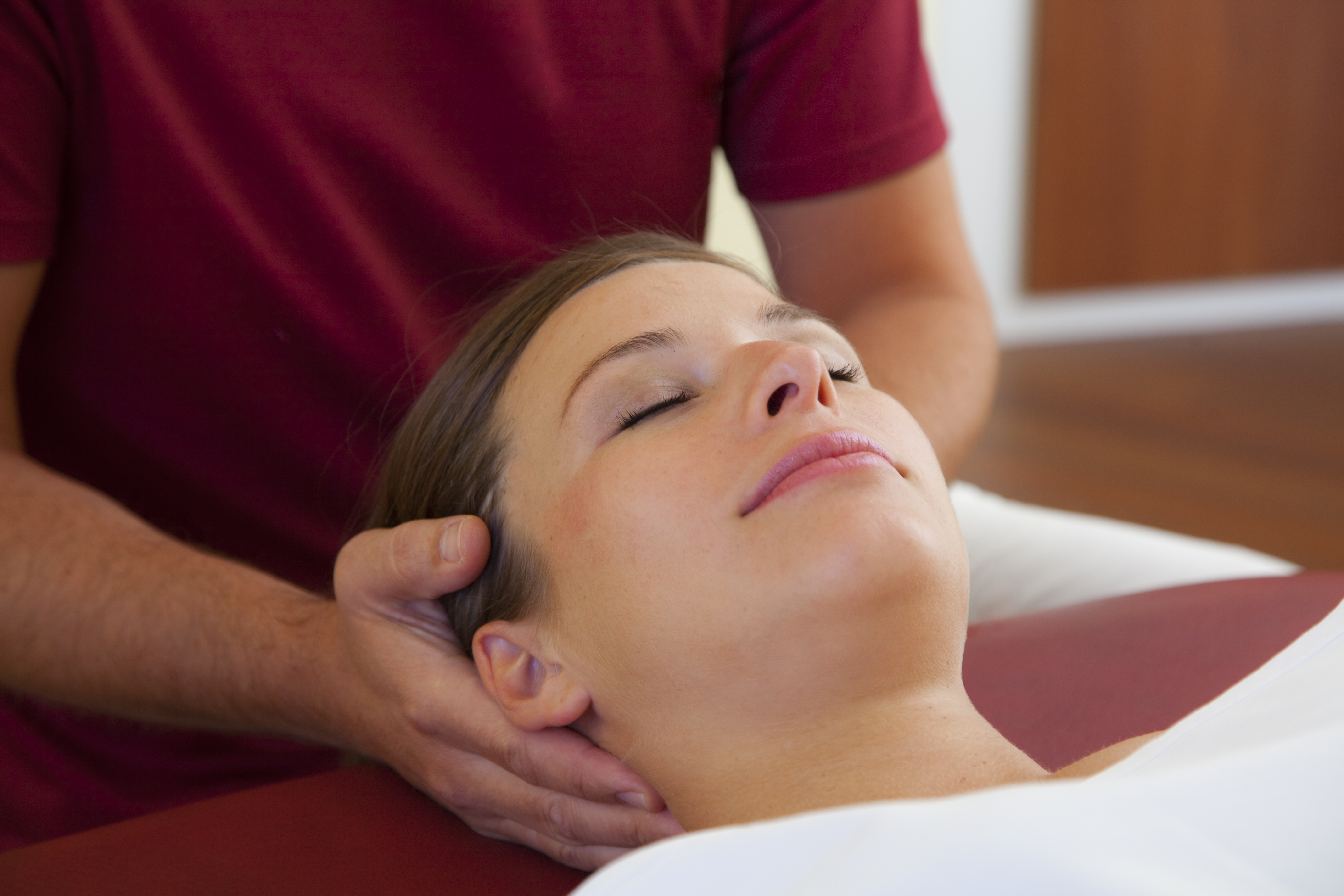
Have you heard of craniosacral therapy and thought what it was? Craniosacral therapy is a gentle, noninvasive form of bodywork that addresses the bones of the head, spinal column and sacrum. The goal is to release compression in those areas which eases stress and pain. Craniosacral therapy helps to improve whole-body health and performanceand a preventative health measure for its ability to bolster resistance to disease. It also is effective for a wide range of medical issues associated with pain and dysfunction.
So How Does Craniosacral Therapy Work?
Your brain and spinal cord that make up the central nervous system has a lot of influences over the body’s ability to function properly. The central nervous system is heavily regulated by the craniosacral system—that is the membranesand fluid that preserve and nourish the brain and spinal cord.
For more helpful and healthy tips, follow us on our Facebook page!
The daily stress your body endures causes body tissues to tighten and distort the craniosacral system. These distortions can cause tension to form around the spinal cord and brain resulting in restrictions. This is where craniosacral therapy steps in. With a light and gentle touch, the craniosacral practitioner uses their hands to test the craniosacral system. Then, using their soft–touch techniques, they will help to release any restrictions in tissues influencing the craniosacral system.
Hand Picked Related Content: The Low Down on Lower Back Pain
What Conditions Can Craniosacral Therapy Be Used For?
Here are the common conditions that craniosacral therapy addresses:
- Migraines and headaches
- Chronic back pain
- Chronic neck pain
- Chronic fatigue
- Fibromyalgia
- Stress and tension-related disorders
- Motor-Coordination Impairments
- Infant and Childhood Disorders
- Brain and Spinal Cord Injuries
- TMJ Syndrome
- Scoliosis
- Central Nervous System Disorders
- Learning Disabilities
- ADD/ADHD
- Post-Traumatic Stress Disorder
- Orthopedic Problems
- And Many Other Conditions
Craniosacral therapy helps to enhance the body’s ability to self-correct and ease a wide variety of dysfunctions, from chronic pain and sports injuries to neurological impairment and stroke.
Hand Picked Related Content: Suffering from Sciatica? Physical Therapy Can Help
